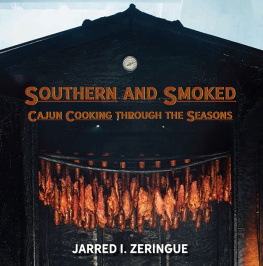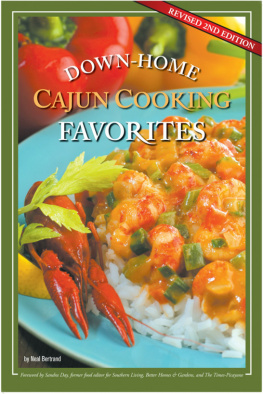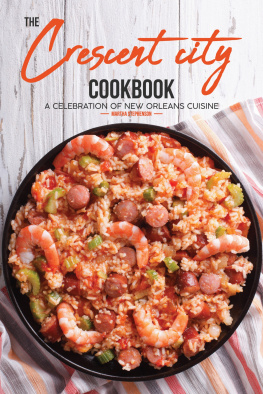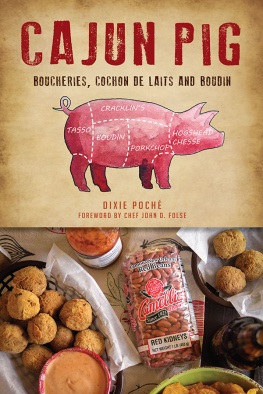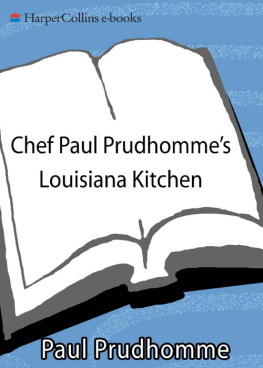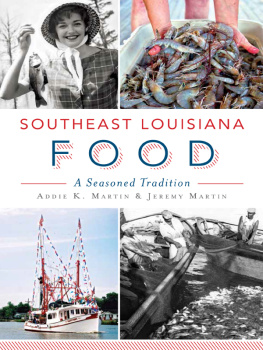


Copyright 2022
By Jarred I. Zeringue
All rights reserved
Photography by Denny Culbert and Joseph Vidrine.
Historical images on pages 8-9, 25, 44-45, 140, and 197 are by the authors ancestor, Olide P. Schexnayder.
The word Pelican and the depiction of a pelican are trademarks of Arcadia Publishing Company Inc. and are registered in the U.S. Patent and Trademark Office.
ISBN: 9781455626380
Ebook ISBN: 9781455626397

Printed in Korea
Published by Pelican Publishing
New Orleans, LA
www.pelicanpub.com
Thank you to all who helped with this book and to all who came before me, paving the way for me to do what I love.
To my parents, who love unconditionally and support me even when I seem to bite off more than I can chew. Their worries, their prayers, and their concern keep me moving forward so that I can make them proud.
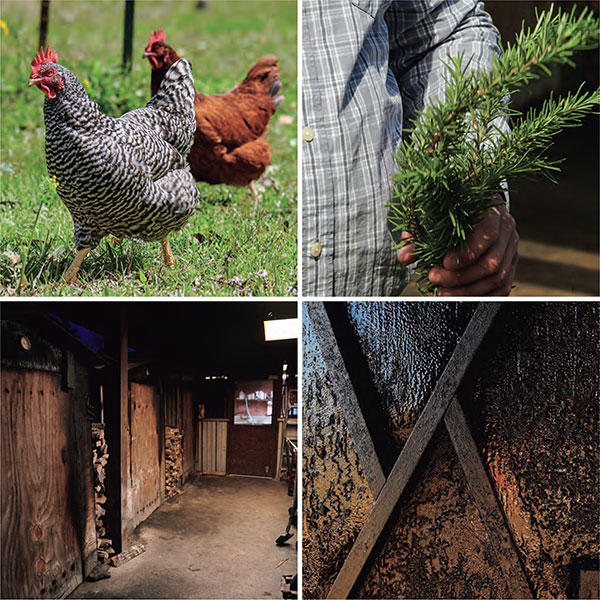
CONTENTS
A NOTE TO MY READERS
My family has lived, worked, and farmed in the River Parishes of Louisiana and nearby New Orleans from as early as 1720. That year the Zeringue family immigrated from Alsace. The following year, the Schexnayder family from Belgium began to call Louisiana home and Chauvin family members began to make their way from France through Nova Scotia. Fifty years later, in 1771 the Tassins followed the Chauvins from France. In the River Parishes, the blend of Cajun, Creole, German, French, Spanish, African, and Native American cultures have influenced the dishes we make. We have been blessed with a rich culture of cooking, eating, farming, hunting, and fishing.
Today I honor that tradition in my restaurants and at Wayne Jacobs Smokehouse. Located in LaPlace, Louisiana, the Andouille Capital of the World, the smokehouse has been passed down through generations of locals who, with great attention to tradition and quality, continue its history of continually producing the highest quality artisan-smoked meats and fresh sausage. Even after the devastation wrought by Hurricane Ida in 2021, we continue to serve the community the traditional meats that feature so prominently in the Cajun and Creole dishes of Louisianas River Parishes.
As you flip through the pages of this book, I hope to connect you with my communitys and my familys way of life and to illustrate how our menus, so connected to all that the land has to offer, change with the seasons. Together well explore each season through recipes containing items that are fresh, in season, and therefore cost effective. Ill also show you how to utilize and preserve some seasonal items through canning or freezing. I hope the recipes and photographs inspire you to go into the garden or market and grow, use, or buy local and seasonal items.
These recipes are intended for the casual cook, those who learned the basics by their grandmothers side or gleaned grilling tips from family get-togethers, but I also hope this book will be a great resource to anyone interested in learning about traditional Cajun cooking. However, instead of presenting another Louisiana cooking encyclopedia, I want to instead offer an intimate window into how a familymy familycelebrates the seasons.
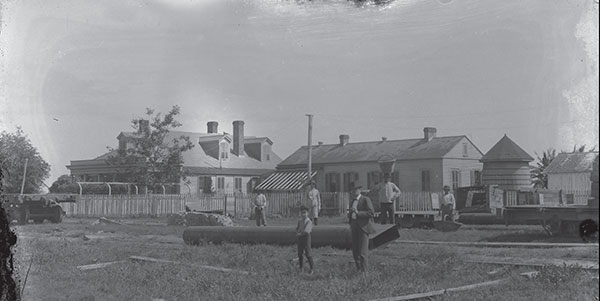
The family homestead. Courtesy of the Collections of the Louisiana State Museum, 1998.001.16.007
INTRODUCTION
In South Louisiana, almost 300 years ago, our ancestors fought to make this place a home. Some came as speculators in search of riches, some came as prisoners banished from their home country, some were brought as enslaved workers, and some were native to these shores. They left an indelible mark on the people, culture, and food traditions of those who call this area home today. Even now, we employ many of the traditional techniques, ingredients, and customs of each of these cultures. In my family, as in most, there are slight differences in how my grandmothers prepare the same dishes, their recipes influenced by their differing heritage. Where Im from there are amazing cooks, with both women and men taking great pride in what they literally bring to the table.
Between hunting, fishing, farming, and gardening there always seems to be bounty from Mother Nature. Our subtropical climate ensures that no matter the season, there will always be something fresh to eat. This book is a journey through a year of seasonal farming, cooking, and celebrating in the River Parishes and South Louisiana. It is an effort to preserve some of the recipes, food traditions, and culture that we hold dear. In an increasingly high-speed world filled with an expectation of instant gratification, bumper sticker mantras, and social media moments, we need to be reminded that almost everything we do is part of the continuum of our forebearers hard work and history. In writing this book I hope to recognize the tireless efforts of the people who came before me, who through many adversities kept moving forward to provide, nurture, and build upon the traditions we celebrate today.
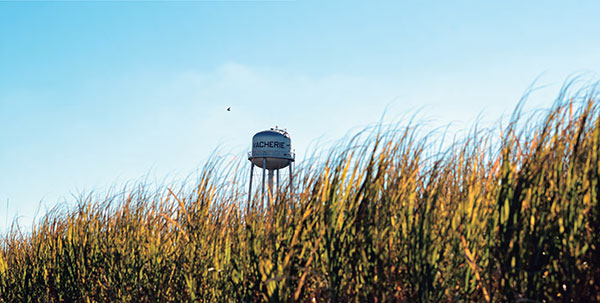
The name of my hometown in Cajun French is la Vacherie and refers to the cow pasture, as this area was high ground on the west bank of the Mississippi River used for cattle farming. The town of Vacherie, originally named Tabiscanja (long river view) by the Colapissa Indians, has also been known as St. Patrick and St. Philip over the years. Vacherie was a mlange of cultures where the downriver Germans and the upriver Acadians blended to create a French-speaking community in the heart of Creole Louisiana. As its early plantation economy developed, enslaved peoples from West Africa and the Caribbean contributed many of the lasting influences on the food traditions of the region. Sugar, indigo, cotton, soybeans, rice, tobacco, and many fruits and vegetables have been grown in the regions fertile soil, and some of these crops are still farmed here. Bound on the south by rich swamps of Lac des Allemands, here seafood and many forms of wild game are also plentiful. Nestled among the cane fields of St. James Parish, today the small community of Vacherie is home to historic plantation sites and large extended families that thrive on the opportunity to share their cuisine of old recipes with those who visit.
Both my mother and father grew up in St. John the Baptist Parish, Louisiana. Although raised only seven miles apart, from early ages they had different views of how the world worked. My mothers relatives lived in Edgard. They were a large family with a small sugarcane farm. Her grandfather Philip Eloi Chauvin was the immediate familys sole survivor of the yellow fever epidemic that struck South Louisiana. He was from a town that still bears his surname. After the rest of his family died, when he was around the age of 15, he moved to Edgard to live with relatives.
Philips great-grandfather, Xiste Jean Baptiste Dumez, had lived in Edgard since he was exiled to Louisiana from France for writing against the government. He learned nothing from this punishment as not long after he settled, he started a newspaper called
Next page
